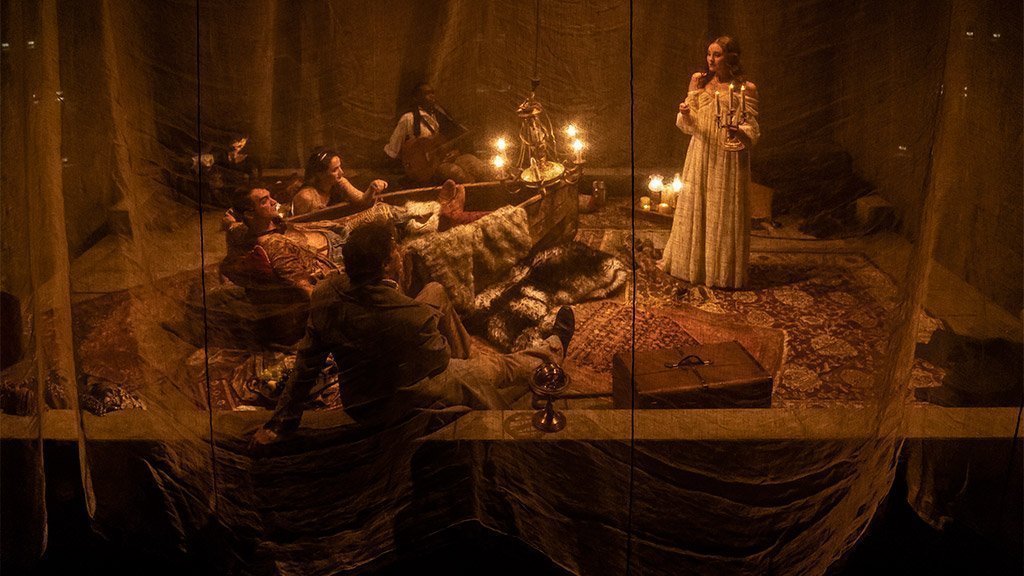Kenneth Brannagh brings the sensibility of old world, Shakespearian dramatics that made him famous to the classic monster tale, and the similarities with Coppola’s revisiting of the legend of Dracula from a few years before are a bit too obvious to ignore.

For one thing, he tries to add an air of his film being the authoritative version by putting the author’s name above the title, the same way Coppola did in rebadging the old tale as Bram Stoker’s Dracula.
The direction and performances are deft and solid by all involved, but touches like the single storm cloud drifting over on an otherwise sunny day and Frankenstein (Brannagh) knowing exactly when it will strike the pin in the ground (and not kill everybody there) make it slightly farcical at times.
Viktor Frankenstein (Brannagh) is determined to cheat death ever since losing his mother during labour. Experimenting into the influence of electricity on human physiology, he steals parts from fresh corpses, sews them together in his deep, dark and grotesque laboratory, and gives his assembled creature life. Horrified at what he’s created, he abandons the creature to (hopefully) die. But it learns fast and wants revenge for its creation and rejection.
To his credit, Brannagh focuses on several things that James Whale (in the 1931 Karloff version) and even Mary Shelley herself omitted or overlooked. The first is the landmark sequence when Elizabeth (Bonham Carter) awakens to find the monster (De Niro) towering over her – said to be the exact nightmare Shelley had that inspired her to write the story.

Further inspiration was the desolate, icy wastes of the Swiss Alps, which (to Shelley) was the perfect place for the creature to hide and plan its vengeance.
But having the creature speak and exhibit self-awareness, rather than it simply be a wild animal like both Shelley and Whale imagined, raises essential new questions in the Frankenstein mythology; given the most weight by the creature’s single question ‘What of my soul, do I have one?’.
While it does the legend justice, it suffers under too many grand flourishes in the drama and soundtrack, and a little less self-importance wouldn’t have hurt.
Otherwise, the film does a great job with the set and production design as it dances between the classical ballrooms of society Switzerland to the clanking hulk that is Frankenstein’s seedy lab.
Subscribe to FIB’s Weekly Alchemy Report for your weekly dose of music, fashion and pop culture news!







